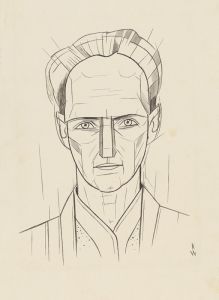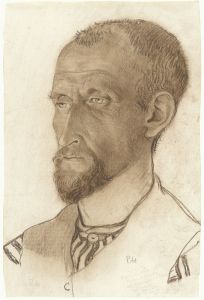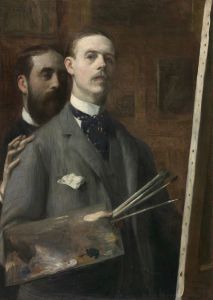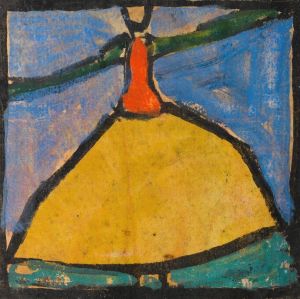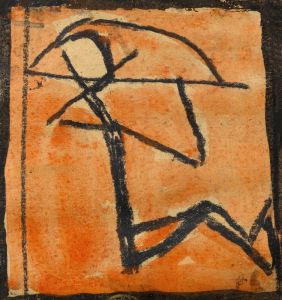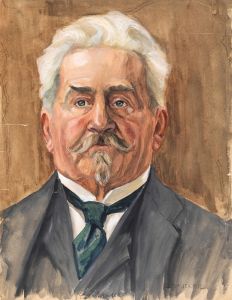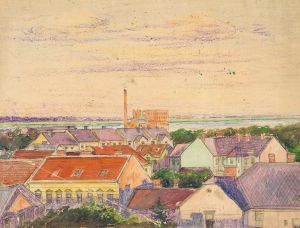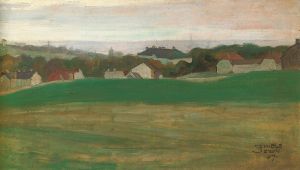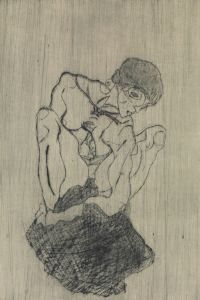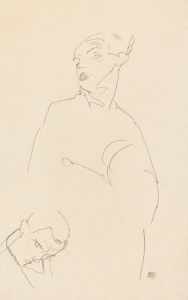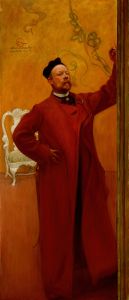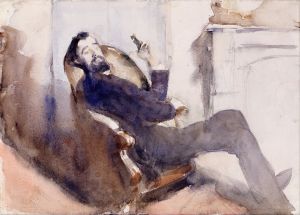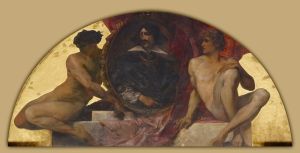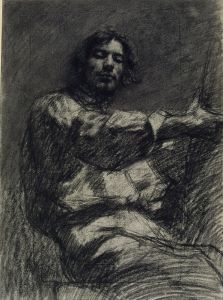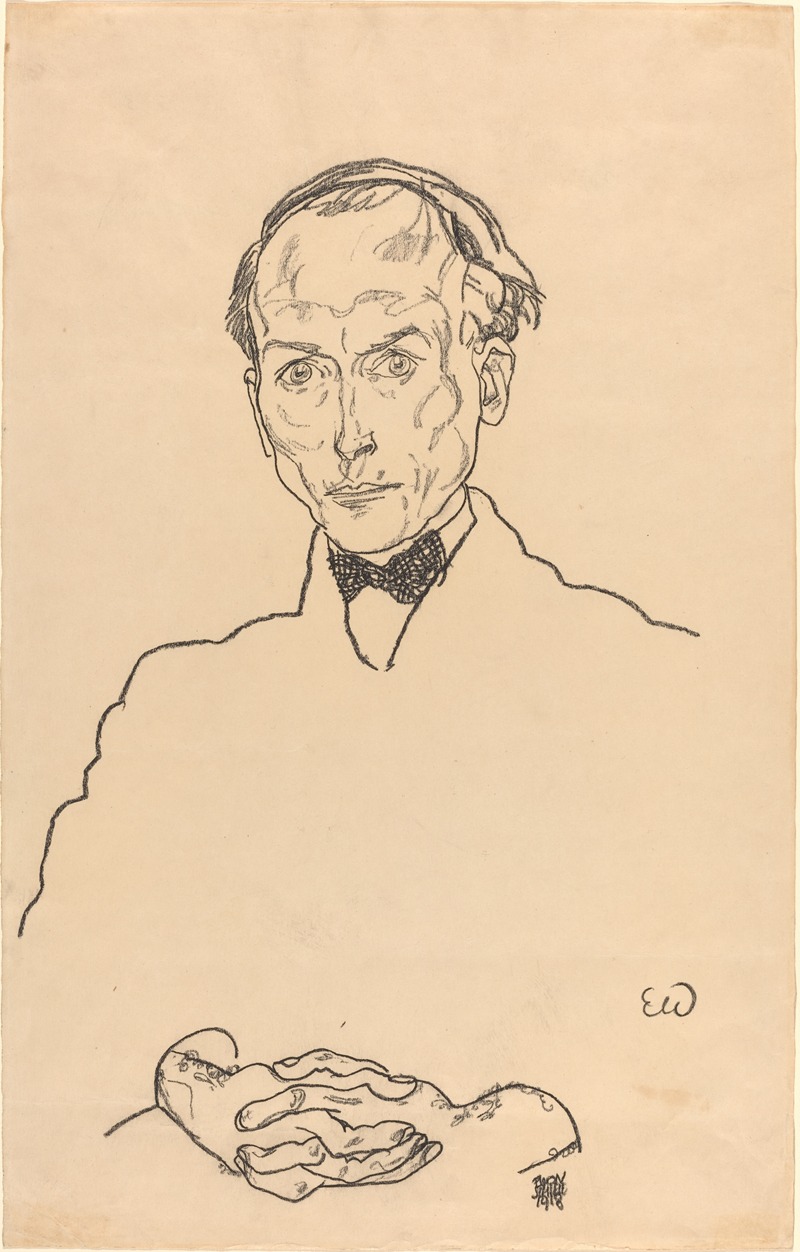
Dr. Ernst Wagner
A hand-painted replica of Egon Schiele’s masterpiece Dr. Ernst Wagner, meticulously crafted by professional artists to capture the true essence of the original. Each piece is created with museum-quality canvas and rare mineral pigments, carefully painted by experienced artists with delicate brushstrokes and rich, layered colors to perfectly recreate the texture of the original artwork. Unlike machine-printed reproductions, this hand-painted version brings the painting to life, infused with the artist’s emotions and skill in every stroke. Whether for personal collection or home decoration, it instantly elevates the artistic atmosphere of any space.
Egon Schiele, an Austrian painter known for his distinctive style and raw emotional intensity, created the painting "Dr. Ernst Wagner" in 1910. Schiele, a protégé of Gustav Klimt, was a major figure in the early 20th-century Austrian art scene and a leading exponent of Expressionism. His work is characterized by its bold lines, striking compositions, and often provocative subject matter.
"Dr. Ernst Wagner" is a portrait of Schiele's friend and contemporary, Dr. Ernst Wagner. Wagner was a physician and a supporter of Schiele's work, and their friendship is documented through Schiele's art. This painting is one of several portraits Schiele created during this period, showcasing his interest in capturing the psychological depth and complexity of his subjects.
The portrait exemplifies Schiele's unique approach to portraiture, which often involved a stark, almost confrontational depiction of his subjects. In "Dr. Ernst Wagner," Schiele employs his signature style of elongated forms and exaggerated features, which serve to emphasize the emotional and psychological presence of the sitter. The use of bold lines and a limited color palette is typical of Schiele's work, contributing to the intensity and immediacy of the portrait.
Schiele's technique in this painting reflects his broader artistic goals of exploring the human condition and the inner workings of the psyche. His portraits are not merely physical representations but are imbued with a sense of the subject's inner life, often revealing vulnerability, tension, or introspection. This approach aligns with the broader Expressionist movement, which sought to convey emotional experience rather than physical reality.
The historical context of "Dr. Ernst Wagner" is significant, as it was created during a time of great change and upheaval in Europe. The early 20th century was marked by rapid industrialization, social change, and the looming threat of World War I. Artists like Schiele were responding to these shifts by breaking away from traditional artistic conventions and exploring new ways of seeing and representing the world.
Schiele's work, including "Dr. Ernst Wagner," was often controversial due to its explicit content and unflinching portrayal of subjects. Despite this, or perhaps because of it, Schiele gained a significant following and his work was exhibited widely during his lifetime. Today, he is recognized as a pivotal figure in modern art, and his paintings are held in major collections around the world.
"Dr. Ernst Wagner" remains an important example of Schiele's portraiture, demonstrating his ability to capture the essence of his subjects with both empathy and intensity. The painting is a testament to Schiele's skill as an artist and his commitment to exploring the depths of human emotion and experience through his work.





